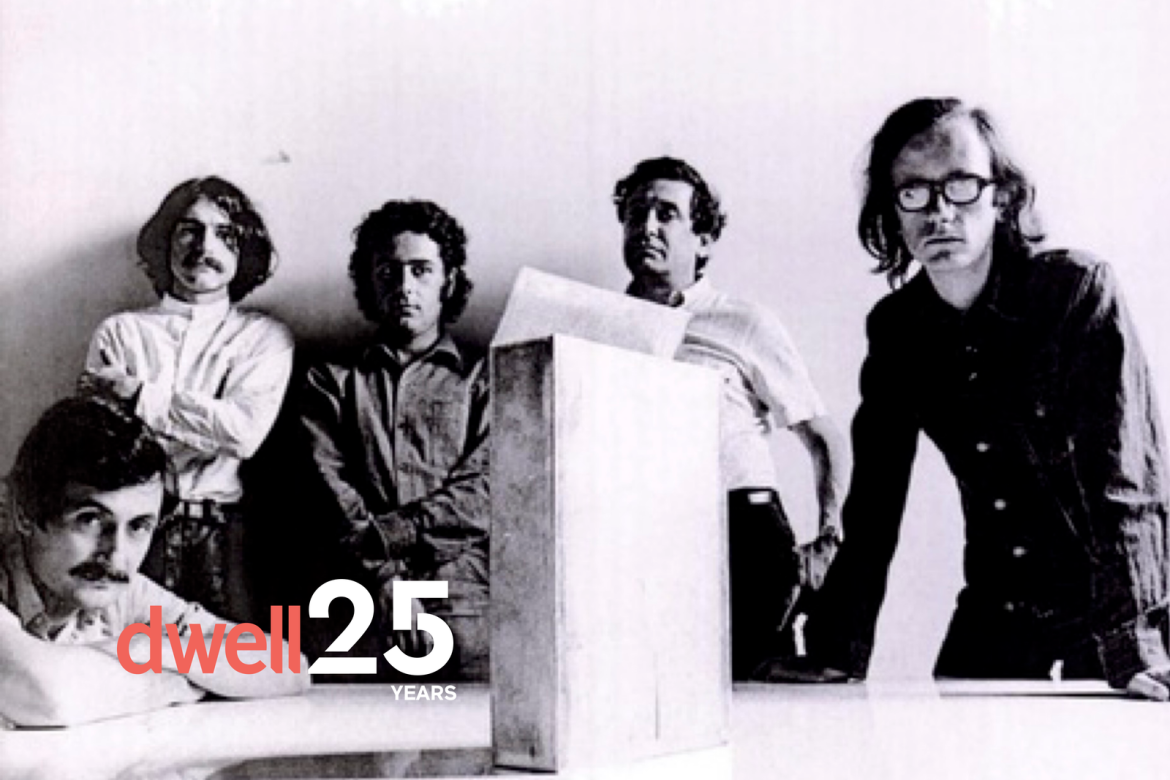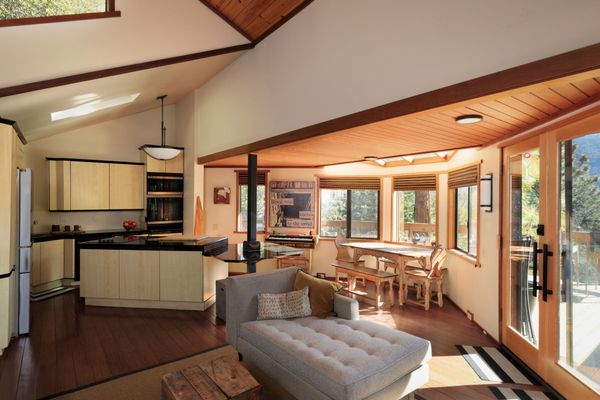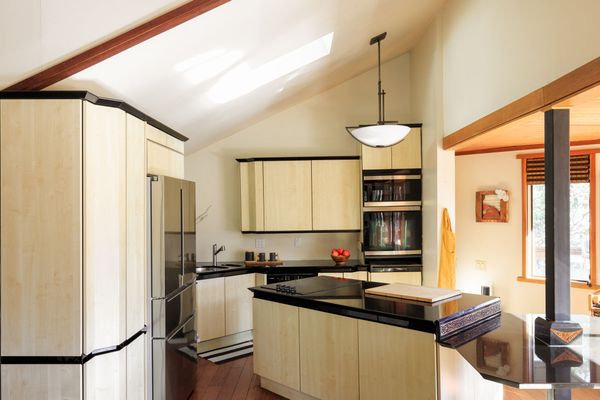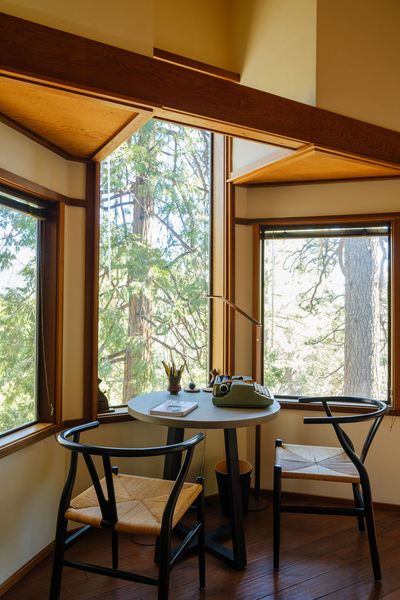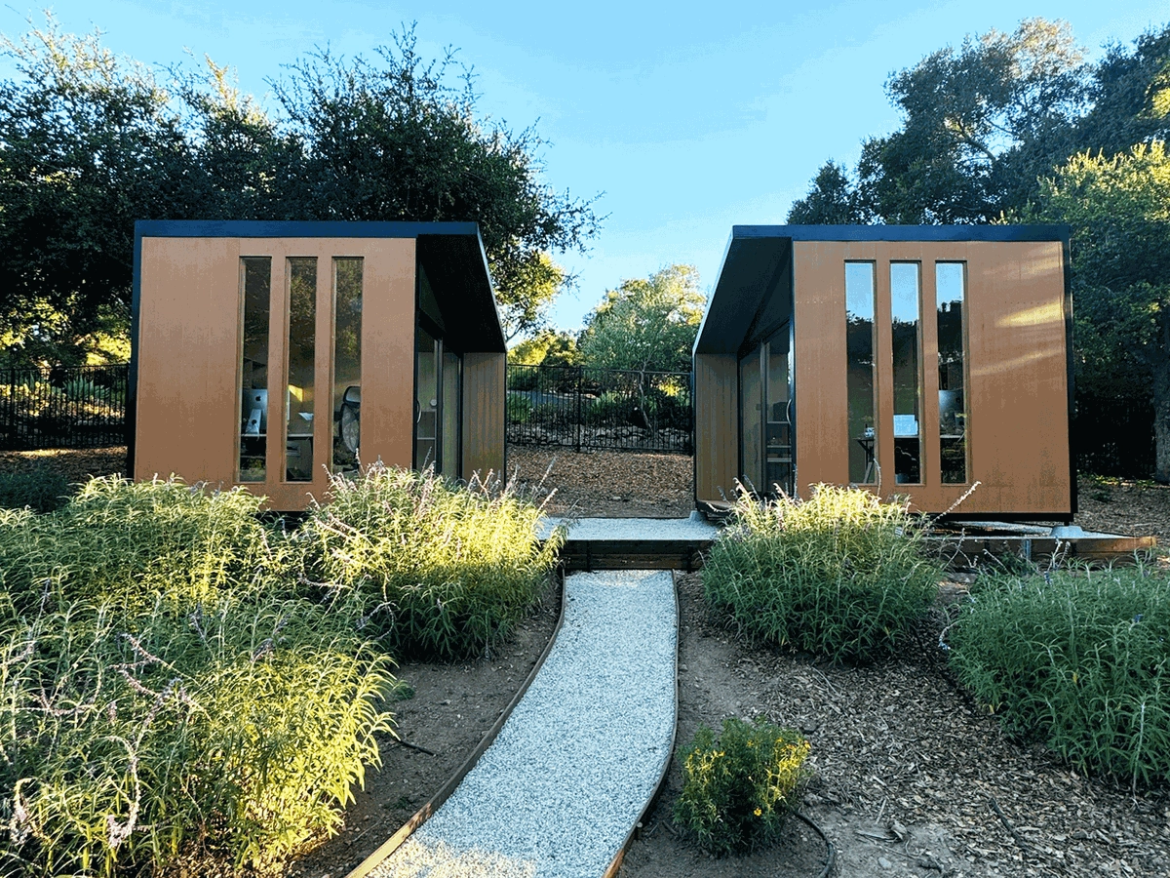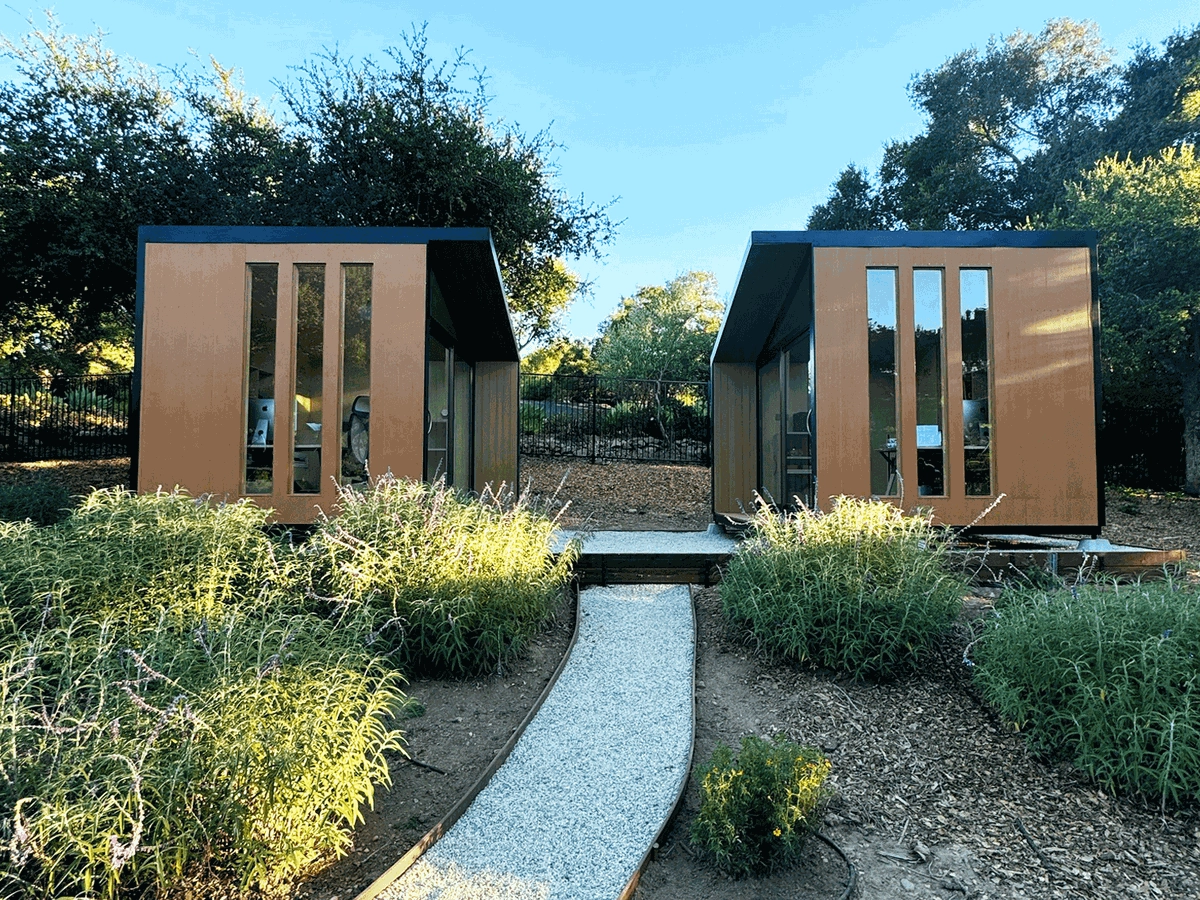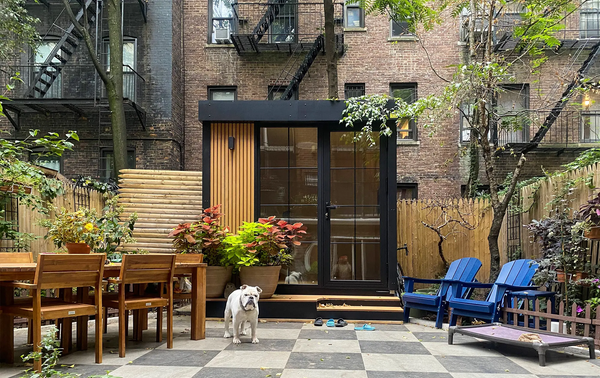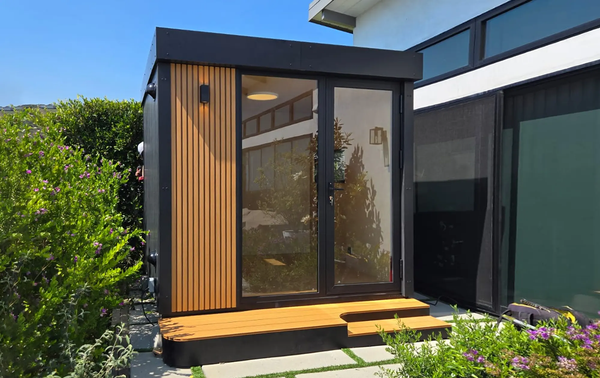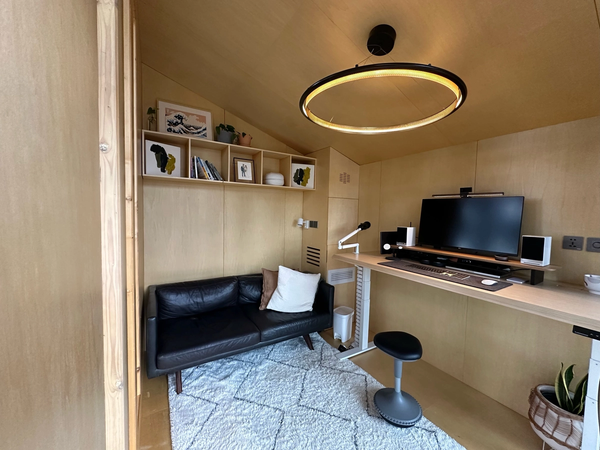Starting in the 1960s, Archigram, Ant Farm, and Superstudio questioned the very fundamentals of architecture, from its relationship to society to the production of buildings.

As a part of our 25th-anniversary celebration, we’re republishing formative magazine stories from before our website launched. This story previously appeared in Dwell’s July/August 2006 issue.
“In science fiction we dig out prophetic information regarding geodesic nets, pneumatic tubes and plastic domes and bubbles….Our document is the space comic; its reality is in the gesture, design and natural styling of hardware new to our decade-the capsule, the rocket, the bathyscope, the Zidpark, the handy-pak.”
These words, excerpted from editorials in Archigram 3 and 4 (1963 and 1964) and penned by Peter Cook, cofounder of the new defunct London-based architecture collective Archigram, express the excitement of a period beginning is the early ’60s when renegade architects around the globe questioned the very fundamentals of architecture, from its relationship to society to the production of buildings.
Influenced by the roiling movements in art, media, politics, and technology, they had names and group identities that bring to mind rock bands rather than architecture firms: the Metabolics, Superstudio, Ant Farm, and Archizoom. Instead of designing buildings, they more often created fantasy utopias, entire cityscapes on paper that were never built but which excited an entire generation and encouraged a wholesale reevaluation of the built environment.
In different ways and through different media—from gonzo graphics to film to performance art—many of them explored the impact of new materials, production processes, and the mobile lifestyle promised by the auto and aeronautical industries and information technology. “All of them were dealing with different modes of communicating architecture,” says David Erdman, cofounder of the design collaborative Servo. “And they were developing new languages of architecture that dealt with the new things it contained.”

Analyzing and critiquing the pervasive corporate modernism and overly rationalist urban planning of that period, these architectural outcasts seized on irony and wit to make their point. “This was a breakthrough moment when the explosion of new materials and radical lifestyles were driving a vision of architecture that was vaguely nomadic and not oriented toward the acquisition of possessions,” explains Craig Hodgetts, architect, professor of architecture, and longtime friend of the Ant Farm group. “The ideal was not the luxury bath we see today but the airplane bathroom.”

These collectives “introduced whimsy and subjectivity and insolence and irony back into architecture,” says Stephen Nowlin, director of the Williamson Gallery at Art Center College of Design in Pasadena. “At the time it was almost sacrilegious that they would do this. But that constructive insolence is one of the most important things you can teach in a design school.” In recent years there’s been a renewed interest in these counter movements with numerous traveling exhibits and academics doing weighty scholarship on their work.
The most influential and productive collective was Archigram, the eldest of the renegade groups. Its members (Peter Cook, Warren Chalk, Dennis Crompton, David Greene, Ron Herron, and Mike Webb) created an astonishing 900 drawings of pen-and-ink and collaged images between 1961 and 1974. The six met in the late ’5os while holding down day jobs at a large construction firm in London. Their nights, however, were spent feverishly drawing imaginary, mobile, temporary environments with electronic age names like the Capsule Home, the Plug-in City, and the Walking City, a megastructure that could plod across the land like a vast robotic animal.
They published their projects, along with essays and poems and the work of other designers they considered to be coconspirators against the establishment, in nine issues of an underground magazine they collaged together called Archigram, first published in May 1961.
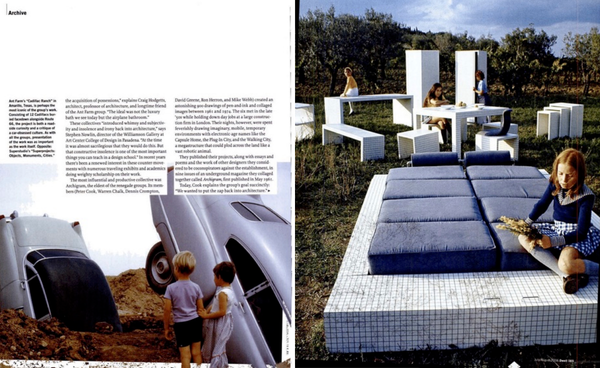
See the full story on Dwell.com: From the Archive: How Renegade Architecture Firms Challenged the Status Quo
